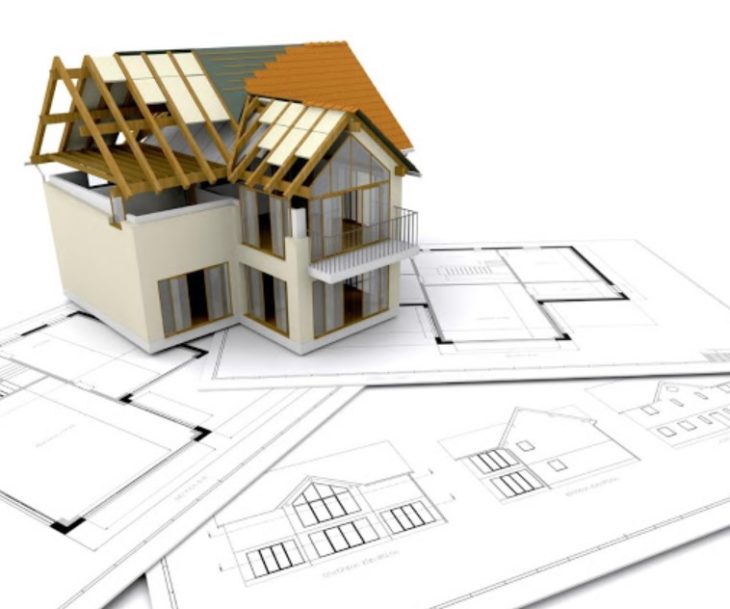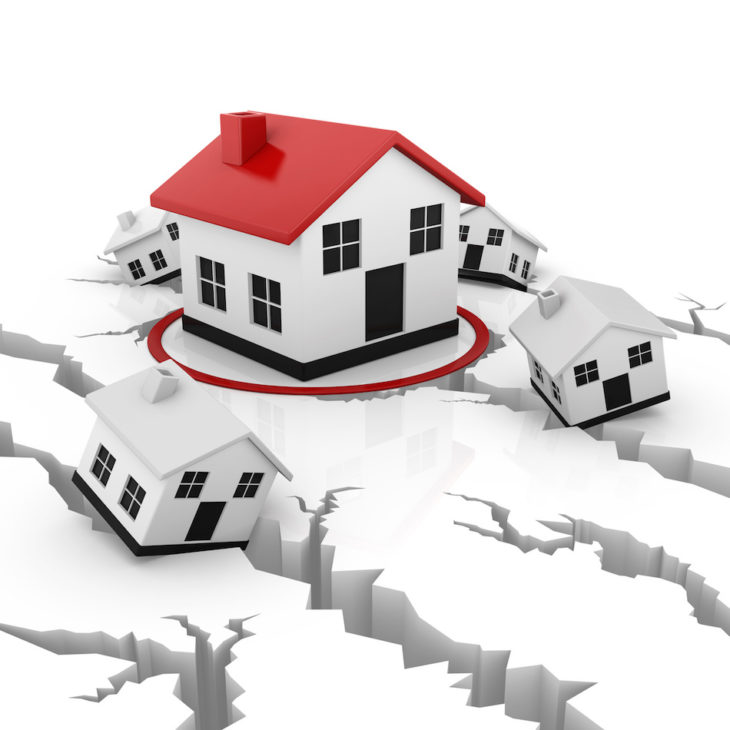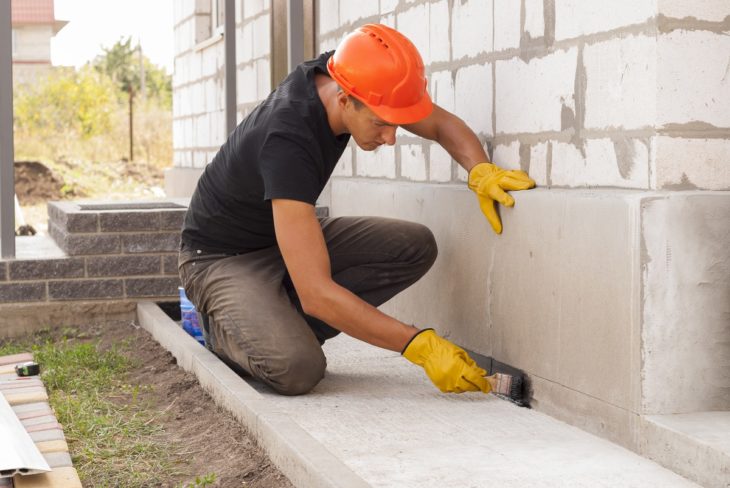Are you building a new home or renovating your existing house and live in an area that is prone to tremors and earthquakes and wondering what earthquake-resistant building material you can you use to minimize any potential damage?
Find out how quake-prone your home might then decide how important it is to remodel using correct materials and how quickly this needs to be done. There are a number of ways a home can be made quake-proof both inside and out, with some handy tips on securing items in your home to minimize damage and keep those inside safe.

Contents
Build on base isolation pads
Base isolation pads are normally made from lead and rubber which is pressed together with layers of steel and attached between the foundation and base of a new house. These pads will move during a tremor or earthquake and absorb most of the vibrations, keeping your house fairly still. Most high rises and multi-level buildings in earthquake zones are built on isolation pads – if they are known to work with that much tonnage they should do nicely for a smaller home in the suburbs too.
Check the height
There is strong evidence based on decent amounts of research that a single level house will fare better during an earthquake that a multi-level house. Your two-story dream house can be built in an earthquake zone, but it will need much more reinforced concrete and will need a base isolation pad. There are some stunning examples of one-story homes that have been built with a clever architectural design using natural materials in earthquake zones that utilize size and space in a clever way and are able to withstand even severe shaking.
Will a huff and a puff blow your house down?
Certain materials are better at coping with earthquake vibrations than others. Wood makes a strong frame, but in earthquake zones, it will need to be bolted to the foundations to keep it from shifting and causing permanent structural damage.
Are you planning on building using concrete? Make sure it is reinforced with steel or extra concrete slabs, and if your new home has brickwork, make sure this is also reinforced with concrete slabs.

Source: South Bay Real Estate
Keep the roof on
A roof that can survive the force of an earthquake is crucial when building or renovating in a high-risk area. Lightweight metal or aluminum roofing is an excellent choice for keeping unnecessary weight off the top of your house and won’t pull down parts of your house in tremor or quake.
Be flexible
Use or replace solid piping with flexible hosing or pipes where you can. A solid pipe will crack or bend much easier during an earthquake that more flexible piping, making sure the essential services to your home are not damaged.
Moving inside
If you live in a high-risk area, take a walk around your home and secure as much of your furniture as you can. If you have valuables or fragile family heirlooms, keep them in a sturdy box with rubber matting between the items. Bolt heavy furniture that can topple over easily to walls – this includes items like bookcases, clocks and mirrors. Consider using heavy-duty adhesives to hang pictures and mirrors to walls instead of nails as shaking can cause them to come to lose easier than if they are very firmly attached.
One of the easiest ways to earthquake-proof the inside of your new or renovated home is by making sure items don’t fall off shelves or table-tops and by making shelving as secure as possible. There are a few areas that are prone to becoming a complete mess after an earthquake:
- Your pantry. Lightweight, basket-like shelves with high fronts are great for keeping cans, bottles, plastic containers and other dry goods from spilling onto the floor.
- Cupboards and closets. Shelves containing clothing, cleaning products and linen should also be lightweight and securely attached with high fronts.
- Bookcases. Decorative items, keepsakes and books are all at danger of being damaged or destroyed if bookcases topple over during an earthquake. Make sure bookcases are very securely bolted or attached to a wall.
- For more information, you can check out DesignBuilders.

Shelve it
Even a non-DIY expert can secure the shelving inside a house in a high-risk area. Start by choosing the right type of shelving – stainless steel for a pantry, kitchen or closet is strong yet flexible and more lightweight compared to heavy-duty wood and metal. Shelving with a lip or a deeper basket-like shape is better than a flat shelf and avoid snap-together plastic shelving if you don’t want a mess to clean up after an earthquake. Bungee cords are great at securing glass bottles at the front of shelves if you have existing shelving you would like to make more secure.
Once you have chosen the right shelves, mount them to the studs if possible and not the drywall. If you want to display any fragile collectibles or items use putty or a sticky adhesive to secure the item to the shelf – this will prevent the items from falling and breaking and make them easy to move without leaving any residue on your shelves.
Securing shelves and those things you like to keep on those shelves may take some time initially but will be well worth the time and effort if an earthquake does hit.
Earthquakes by nature are unpredictable, so taking the necessary precautions when you build or renovate and before you move in means less to worry about during a quake and less to repair after a quake.
